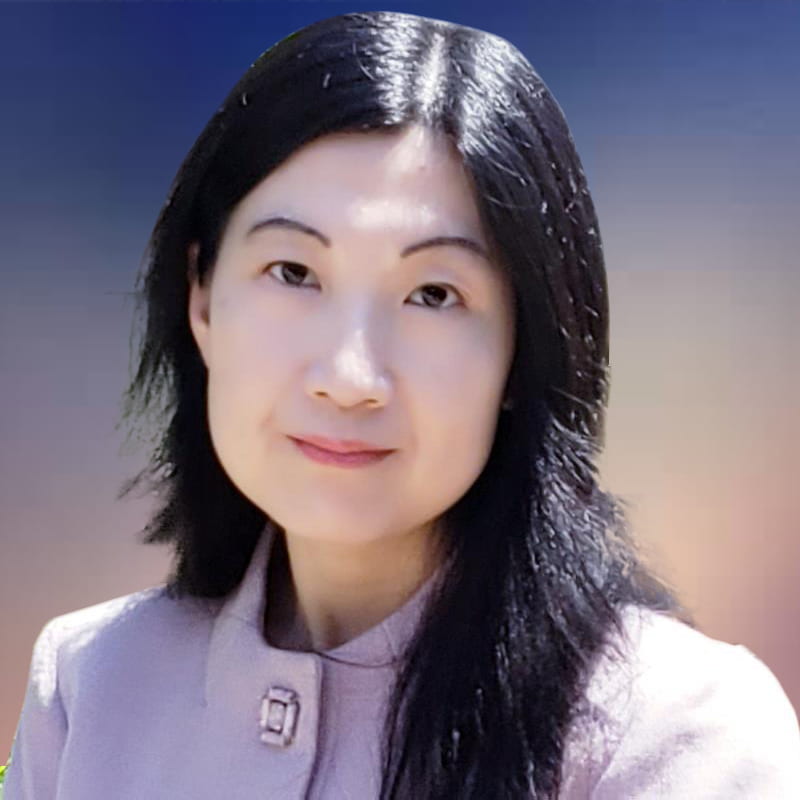Description
Chen is working to develop a novel human cell-based disease model for lung carcinoid, converting normal pulmonary neuroendocrine cells derived from human pluripotent stem cells (hPSCs) into NETs. If successful, the lung carcinoid model using human cells derived from hPSCs may be a valuable research tool for further studies of these forms of cancer.
What question will the researchers try to answer?
Because lung carcinoid is a rare form of cancer, it is difficult to obtain clinical tumor tissues to conduct in-depth research. In addition, few cell lines or disease models have been established for robust and reliable mechanistic studies. Chen’s team will establish an innovative tumor model of human cell origin that recapitulates the clinical features of lung carcinoids that will allow for more extensive studies of these rare cancers.
Why is this important?
Primary tissues, disease models, and cell line resources to study the biology of pulmonary carcinoid are currently scarce, and the existing cell models cannot fully recapitulate the disease features. As a result, no definitive molecular markers or genetic drivers have been identified and little is known regarding potential targets for therapy. New models and tools are urgently needed to understand the tumor’s biology in order to develop novel treatment approaches for these rare tumors.
What will researchers do?
Lung carcinoid is composed of cells with properties of pulmonary neuroendocrine cells (PNECs). Chen’s team established the first method to produce large numbers of PNECs, which are believed to be the precursors of pulmonary neuroendocrine tumors, through the differentiation of human pluripotent stem cells (hPSCs). By manipulating the genetic factors or signaling pathways recurrent in lung carcinoids, they will convert the hPSC-derived normal PNECs into cancerous cells in culture and in other disease models. The team will further define the similarities between the genetic and physiological features of the lung carcinoids from hPSCs and the ones in patient samples. Through these studies, they aim to create novel disease models as needed research resources for advancing the understanding of the biology of lung carcinoids and the development of new treatments.
How might this improve the treatment of NETs?
Dr. Chen and his team propose to use these novel approaches to pursue important questions, including whether PNECs serve as the cell of origin for pulmonary carcinoids and explore the high-frequency mutations that can initiate and promote pulmonary tumorigenesis. Moreover, their team will work to establish cancerous cell lines from the hPSC-derived pulmonary carcinoid tumor tissues. If successful, these studies will generate a foundation to identify cancer genes and pathways that may serve as potential therapeutic targets. They expect the models and cell lines created in this project to serve as an innovative research platform for testing new targeted agents and for mechanistic studies of these rare diseases.
What is the next step?
This study will determine the feasibility of modeling lung carcinoids with human cells derived from hPSCs. If successful, this methodology will pave a novel avenue for developing human cell-based models for neuroendocrine tumors in other organs. Moreover, the models and cell lines created in this project will be exploited for studying disease mechanisms and for high-throughput drug or genetic screening.

